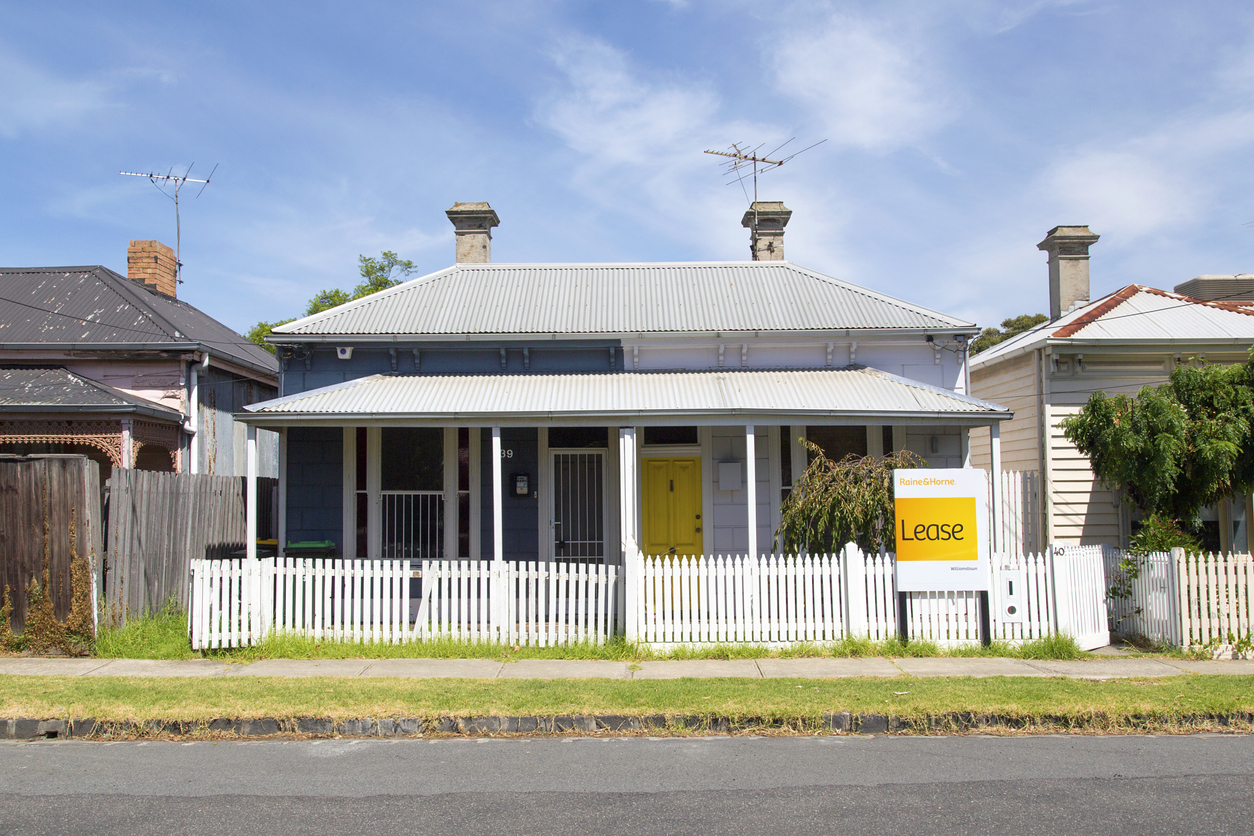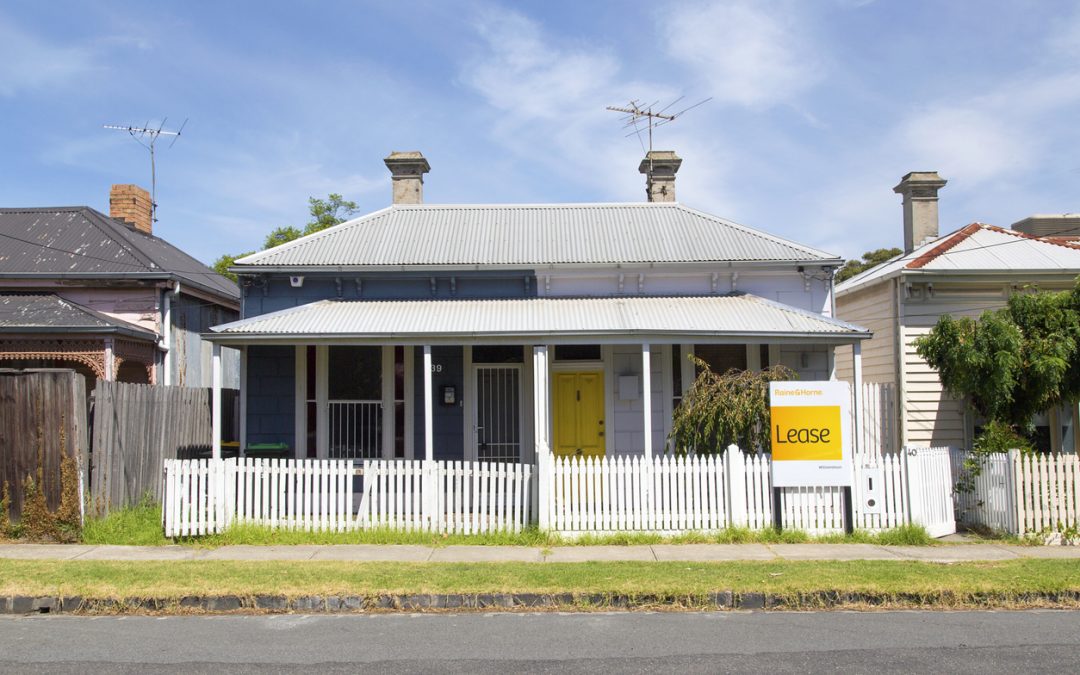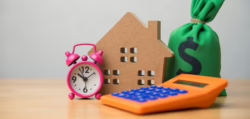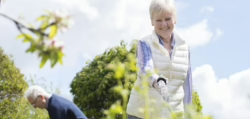
Is it even doable?
Our main topic this week shared the many ways that wealth in the home can be used to increase retirement income. But not everyone owns a home and those who don’t deserve support to fully understand all their options as well.
It was once a rule of thumb that 85% of Australian retirees lived in their own home.
This is no longer the case.
According to the Australian Government’s Retirement Income Review (2020), 76% of retirees still own the roof over their heads, with 12% of retirees renting and another 11% living in other arrangements, often sharing with family. This is a significant change and this trend of more non-homeowners in retirement is expected to accelerate due to rising home prices and rising interest rates. It’s not just young people that struggle to get into the market.
The April 2022 Anglicare Rental Affordability Snapshot had bad news for Age Pensioners, with a regional snapshot revealing that only one property in Dubbo was affordable for a single Age Pensioner.
The bigger picture from Anglicare is that less than one per cent (0.7%) of rental properties across Australia are affordable for couples or singles on the Age Pension.
Affordability is measured by Anglicare on the basis that rent needs to be no more than 30% of the household budget – as anything over this is judged to create financial stress and difficult or reduced choices. The affordability ranking is reached by using a range of published pension rates and include Commonwealth Rent Assistance (CRA), to then calculate the percentage of this income needed to rent properties available for rent.
According to Anglicare, factors contributing to the current ‘peak’ unaffordability include a major drop in rental listings and a halving of the vacancy rate over the past 12 months.
These sobering statistics beg the question whether renters on the full Age Pension are living a retirement lifestyle – or merely existing week to week.
The sad fact is that most single Age Pensioners who rent are living below the poverty line, in fact about 60% according to information published in the Retirement Income Review. This is a logical conclusion when retirees are paying more than a third of fixed income just to put a roof over their heads, and then facing rising prices on household essentials such as food, petrol and medical bills.
Rental affordability may be worth considering if you are a homeowner who is currently thinking of selling up in order to free up capital to fund your retirement. Your house is an exempt asset for Age Pension entitlement. Cash from the sale of a home will eventually be deemed to be an assessable asset-. And you will then, most likely, be subject to the vagaries of an ever-tightening rental supply scenario. This is not to say that selling your home is wrong. Only you can decide that. But doing research on accommodation affordability is always wise.
If you are renting, or believe you will need to when you retire, knowing your entitlements is the first step to checking how rental affordability can affect your housing expenditure.
According to the Australian Bureau of Statistics (ABS), housing as a percentage of income for single Age Pensioners is 36% and for couple Age Pensioners is 29%.
The current maximum rental assistance rates for Age Pensioners with no children are:
- Singles $145.80 per fortnight
- Couples (each) $137.40 per fortnight.
(For those singles who are sharing accommodation, the rental assistance is reduced to two-thirds)
Your rent needs to be a minimum amount to receive rental assistance and you receive the maximum assistance if your rent exceeds an upper threshold. The table below, for people without dependent children, outlines all of these.
| You are: | Your rent exceeds | To get the maximum payment your rent must exceed | The maximum fortnightly payment is |
| Single | $130.20 | $324.60 | $145.80 |
| Single, sharer | $130.20 | $259.80 | $97.20 |
| Couple, combined | $210.80 | $394 | $137.40 |
| 1 of a couple separated due to illness1 of a couple temporarily | $130.20 | $324.60 | $145.80 |
| $130.20 | $313.40 | $137.40 |
The following example supplied by the Department of Human Services (DHS) may help you understand how these thresholds work.
- A single pensioner is paying $178.20 per fortnight in rent.
- The rent threshold is $130.20.
- For every $1.00 of rent paid that is over the threshold, the single pensioner will receive $0.75.
This equals:
- $178.20 (rent) – $130.20 (threshold) = $48.00
- $48.00 x $0.75 = $36.00.
This means the single pensioner would receive $36.00 per fortnight in rent assistance.
Unless you have a high income and choose to rent for location or flexibility reasons, renting in retirement can be a costly business. As we have seen, housing costs are the single highest expense when it comes to the budgets of low income households. Yet, as Anglicare notes, access to affordable housing makes a major positive difference to the lives of every Australian. It’s not just about the money, but also security, wellbeing and the ability to work and participate in the community of your choice.
Affordable housing really is an important aspect of retirement wellbeing.
You don’t need to apply for rental assistance. Services Australia will assess you automatically when you claim a payment such as the Age Pension. So the first step is to make sure you have applied for the Age Pension. You can check your eligibility on our free Age Pension Eligibility Calculator.






I am receiving the Age Pension in full as I am currently unemployed.
This amount varies by a few dollars every fortnight because I am receiving a NZ part payment for my now deceased child.I am paying $400.00 per week rental out of my payment of $1040.37 per fortnight.
I agreed to this rent because I was desperate to leave Broome, WA because of the increasing decline in safety and accute rise of social violence.
I now live in Porepunkah, Victoria.
I am struggling to pay the rent and still have a life here. I am looking for work but have so far been unsuccessful.
Am I legally entitled for any further entitlements ?
How much per week can I earn without loosing too much pension per week please. I have had various responses to this question over the past couple of weeks. I was informed that $280.00 per week was acceptable without a decrease of my pension.
Could you please confirm this.
During this last tax year I have been unemployed since end February 2022 when I left Broome ,does that mean I will get all the tax I have paid over the earning time back?
I am a single female aged 69 years. I live on my own.
Thank you for your time and I look forward to hearing from you in the very near future.
Kindest regards,
Christine Vanderriet
Hi Christine. The work bonus allows you to earn up to $300 a fortnight, or $7,800 a year, before your Age Pension is impacted. You can in fact In fortnights where you earn less than $300 e.g. $200, you receive a “credit” to your work bonus balance – in this case $100. Your credit balance can then be used in fortnights where you earn more than $300. So you could in this situation earn $200 one fortnight and then $400 the following without impacting your Age Pension. We have an article on how this works here. I can’t answer your question on your tax refund I’m afraid.
Regards
Can you borrow a lump sum and still get fortnightly payments under the aged pension Home Loan Scheme.
Centrelink have not answered my two queries on this matter.
Hi John. I have included an excerpt from the Services Australia website on this. Essentially the lump sum provision which allows for a portion of the payments to be brought forward is still subject to legislation so the final detail will be known then. You can also get more information from their website here
From 1 July 2022, subject to passage of legislation, participants in the Scheme will be able to bring forward a portion of their fortnightly loan payments as a lump sum advance. These lump sum advances will be capped at 50 per cent of the annual rate of Age Pension, and any advance taken will reduce the fortnightly loan amount a person can receive over the following 12 months.
Also from 1 July 2022, subject to passage of legislation, a No Negative Equity Guarantee will be introduced to the Scheme, ensuring no participant will need to repay more than the equity they hold in the property they used to secure their loan.
Brian Moody,
Hi folks,
I am on the full government pension, and I have cashed out my personal supper fund, due to early retierment (illness), Zero dollars left,
My question is if I can start a self-managed super fund, and It grows favorable for me,
How much can I earn in the fund before it has an impact on my age pension payments,
please.
Kind Regards
B.M.
Hi Brian. There could be a number of factors to consider here. Your super balance is assessed u der the assets test and deemed income is included in the income test. Here are some articles on the assets test and the income test. You might also be interested in talking to one of our advisers about this.
Thank you for sharing this information.
I manage a retirement village where residents purchase a ‘licence to occupy’ and then pay a monthly general service charge. Some of these residents believe they are entitled to rent assistance however they are not renting. Could I please have some information regarding this. What is the eligible requirements if any.
Much appreciated.
Hi Debra, good on you for proactively trying to educate yourself to better help your residents. There are a few rules it would be worthwhile understanding so I’d recommend booking in a consultation with one of our specialists (HERE) who could go over them with you. Perhaps ask work to either cover the payment or reimburse you for it given the knowledge would certainly be of help to them and your colleagues.
Have a friend in England who is on a full aged pension, while still working a full time job.
Her pension is not affected by the amount of money she earns.
Pray tell, why is an aged pensioner in Australia, ( who has worked and paid taxes all their life) , penalized for working and earning money whilst in their later years?
Is it not true, that a tax was levied on every income earner, ( which has never been lifted) in the late 1940s, to pay for their pension in their later years?